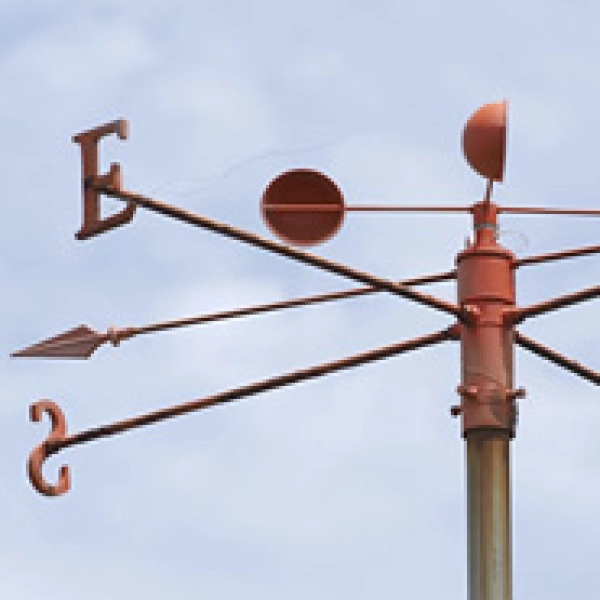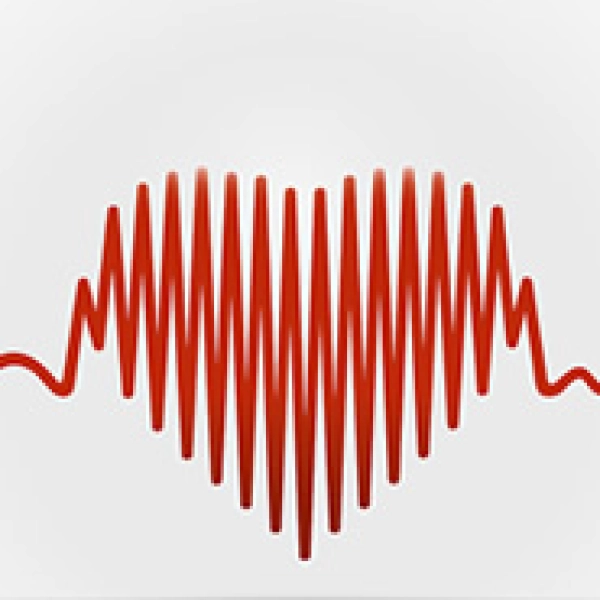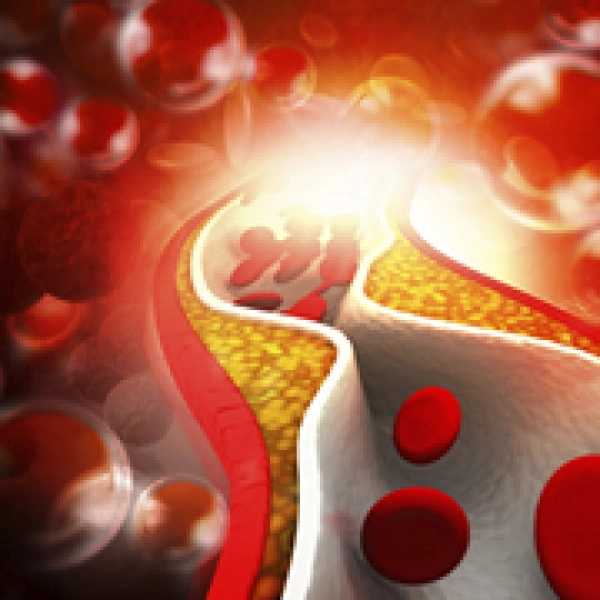

Heart rate is considered normal when between 60 and 100 beats per minute, at rest. Arrhythmias are heart rate disorders, alterations in the number of beats per minute due to structural abnormalities of the heart. The rhythm of the heart's beats (heart rate) is controlled by electrical signals transmitted through the heart tissue. When the heart rate slows down below normal levels, we have a case of bradycardia. When, on the other hand, there is an increase in the number of heartbeats per minute while at rest, we have tachycardia. One of the most common arrhythmias is atrial fibrillation, which occurs when the heart follows an irregular or typically accelerated rhythm. Most arrhythmias have no serious consequences, but can sometimes interfere with the heart's pumping and damage other organs, such as the brain or kidneys. That's why you must always seek medical attention in case of arrhythmias.
One of the most common cardiac arrhythmias is extrasystolic arrhythmia, an abnormal and premature beat compared to the regular pace of the normal heart rhythm. Usually harmless, it often goes undetected until a thorough medical examination is carried out. But in many other cases, arrhythmias have very well defined and recognizable symptoms - although the diagnosis is always up to the doctor. Among the most frequent symptoms of bradycardia are dizziness, weakness and shortness of breath; tachycardia instead causes palpitations and a rapid heartbeat.
Atrial fibrillation is the most common arrhythmia and tends to become more prevalent with age. Based on data from the FAI (Fibrillazione Atriale in Italia) project, carried out by the CNR's Institute of Neuroscience and the University of Florence, one in 12 elderly people in Italy is affected by atrial fibrillation - for a total of 1.1 million subjects affected by this type of arrhythmia in the country. The study was also able to prove that, due to demographic trends, these figures will constantly grow in the coming years, reaching 1.9 million cases in 2060.
The most serious complication for atrial fibrillation is thromboembolic stroke, which occurs when the heart does not contract properly and thus favours blood stagnation, which can clot causing the formation of a thrombus that can pass into the bloodstream and obstruct an artery, causing a heart attack or stroke. According to a CNR study, over a quarter of the 200,000 strokes that occur every year in Italy are attributable to atrial fibrillation. Compared to strokes due to different causes, those of thromboembolic origin, if not managed promptly, have a devastating impact in terms of residual disability and survival.
Atrial fibrillation can be defined in different ways, depending on the duration and severity of the manifestation. It is described as paroxysmal when episodes occur intermittently and usually stop within 48 hours without any treatment. It is defined persistent when each episode lasts more than seven days and usually requires specific therapeutic intervention. Finally, atrial fibrillation is said to be chronic if it does not stop, neither spontaneously nor with therapeutic intervention.
Atrial fibrillation and other cardiac arrhythmias may be more common in people who have other cardiovascular diseases, such as high blood pressure, coronary arteriosclerosis, and congenital heart disease. Furthermore, atrial fibrillation can be associated with hyperthyroidism, pneumonia, asthma, chronic obstructive pulmonary disease and diabetes. However, risk factors also include some tied to lifestyle choices, such as alcohol abuse, being overweight, excessive consumption of caffeine, tea, coffee or energy drinks, taking drugs - especially amphetamines or cocaine - and smoking cigarettes.
In many cases, adopting a healthier lifestyle is enough to prevent the onset of cardiac arrhythmias: for example, it's important to follow a correct, varied and balanced diet, rich in fibre, fruit and vegetables, low in salt and in animal fats such as cured meats and sausages. Sweets and alcohol are sworn enemies of the heart, especially in excessive quantities. In addition to a healthy diet, to prevent arrhythmias experts recommend regularly practicing adequate physical activity, not smoking and learning to manage physical, work and emotional stress.






